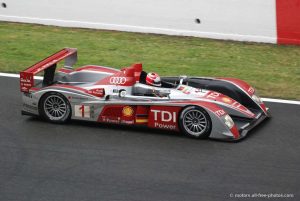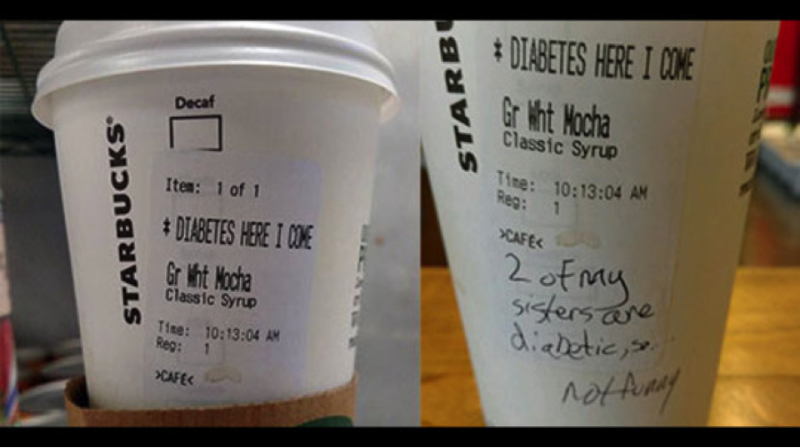If you think responsive design was a game changer, think again. Recognizing the screen size of a device and adapting to that resolution is a pretty awesome feature that has pretty much been an industry standard now. What if your website could recognize the emotional reactions of a user and be responsive to that as well?
In a previous post I talked about the power of senses and how they help forge emotional associations with a brand or a product. Now imagine if you could identify these emotions and adapt your messaging accordingly. Live, real time, on the spot!
No, this is not from a science fiction movie. It is quite real and it is happening. It will probably be a few years until it is a reality but there has been a mountain of investment behind emotion recognition technology lately.
Power of Emotions in Marketing
The most successful and widely acclaimed marketing campaigns are always the ones that manage to make an emotional connection with their audience. Think Dove’s ‘Real Beauty’ campaign, Apple’s ‘Think Different’ campaign or Kleenex’s ‘Unlikely Best Friends’ campaign. They all have elements that appeal to different emotions and create really powerful, long lasting connections with the brand.
If you are thinking ‘the purpose of marketing (or being in business for that matter) is not to create emotional connections but to increase revenues’, there is a Nielsen study that was conducted in 2015, which revealed that ads with the highest emotional response resulted in over 20% increase in sales.
The greatest thing about emotional marketing is the longevity of its results. Emotions are extremely powerful. In fact, they are the main drivers of most human behaviour including purchasing decisions. So you can imagine how long lasting the results would be for a business that manages to create positive emotional associations with its customers.
Given the power of emotions, it is not a big surprise that emotion recognition technology is a hot topic in marketing these days. According to Markets and Markets, emotion detection and recognition market is estimated to be worth $22 billion USD by the year 2020.
Of course we cannot talk about cutting edge technology without mentioning Apple. The company has been very interested in emotion detection technology and even acquired an emotion recognition company earlier in 2016.
How Does Emotion Detection Work?
The idea is to catalogue hundreds of thousands of facial images and expressions on a daily basis to create a library, based on which a computer can recognize the changes on somebody’s face and understand their mood instantly.
And that will not be the extent of that either. Thinking about the rise of wearable technology in the last couple of years, collecting emotional data becomes even easier and more real-time. Your mobile devices and computers can only collect data when you are actively using them. But wearables are always connected to us. They are constantly measuring signs like heartbeat and breathing patterns. As the technology for these devices advances and they become more capable of tracking signs such as temperature, blood pressure and other vital functions, emotion detection will be even easier and more precise.
What Does This All Mean For Marketing?
When implemented fully, emotion recognition will be nothing short of a revolution in the world of marketing. The trend in the last 5 years has been towards more and more personalized content whenever and wherever possible. Emotion recognition will only make this easier for marketers and allow them to calibrate marketing efforts mid-stream. Every individual will experience a brand differently based on his or her reactions.
The flip side to this phenomenon is the fact that users will never know if they are seeing “the real” content. When everything is being adjusted to one’s current emotional state in real time, the transparency between a brand and its prospects could diminish dramatically. As much as personalized content makes us consumers feel special, we do not want to feel that we are being sold. There is a fine line between a genuine interaction and a sales pitch that only tells the prospect what he/she wants to hear and brands that know how to walk this line will come out as winners in this new era.

 When the German car manufacturer Audi was looking to improve its Le Man’s race car performance, the chief engineer presented his team with a constraint. He asked his team how they could win the race if their car couldn’t go faster than anyone else. In other words, he challenged his engineers to find a way to improve the car’s performance without increasing the vehicle’s top speed (the constraint). This self-imposed constraint forced the engineers to think outside of the box. Since they couldn’t increase the speed, they decided that making fewer pit stops during the race would put them ahead of the opponents if their car could go longer without having to refuel.
When the German car manufacturer Audi was looking to improve its Le Man’s race car performance, the chief engineer presented his team with a constraint. He asked his team how they could win the race if their car couldn’t go faster than anyone else. In other words, he challenged his engineers to find a way to improve the car’s performance without increasing the vehicle’s top speed (the constraint). This self-imposed constraint forced the engineers to think outside of the box. Since they couldn’t increase the speed, they decided that making fewer pit stops during the race would put them ahead of the opponents if their car could go longer without having to refuel.